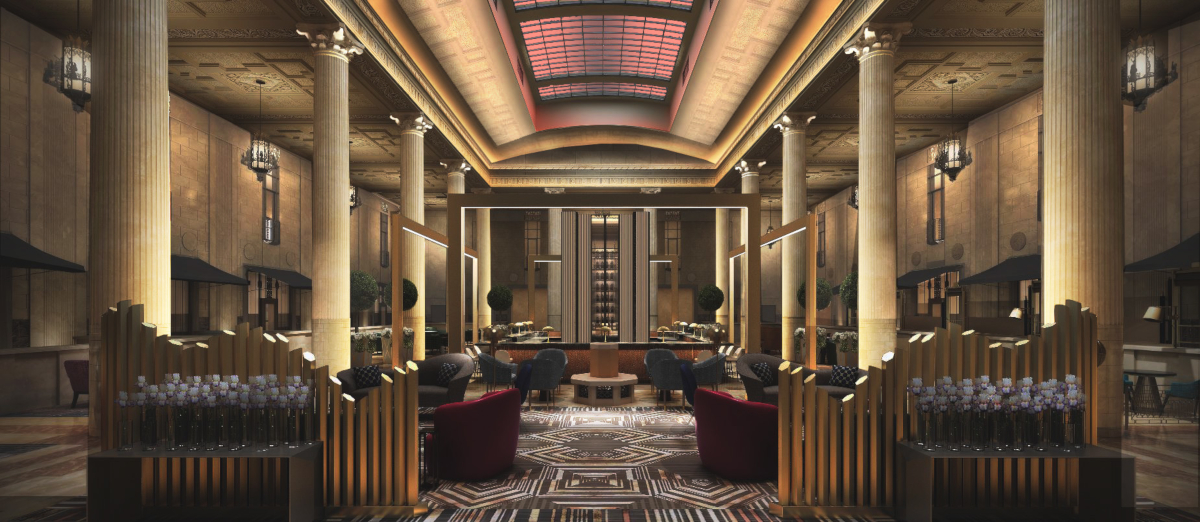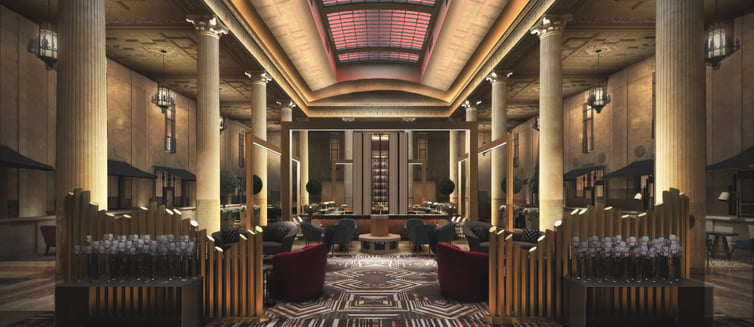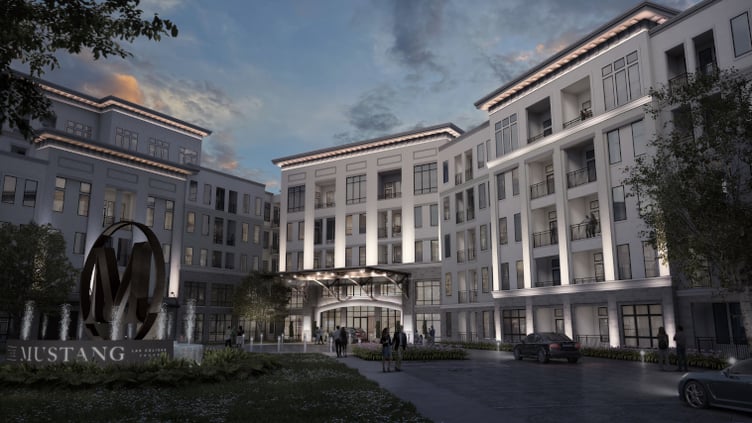RENDERING RENDERS
THE PROCESS OF VISUALIZATION
In today's design world, everyone wants to know what the end product will look like before the design is finished. The process of rendering the space or building exterior does two things:
- It communicates the aesthetic value in fewer words to those that are not designers and need help with the visualization
- It helps the designer refine their desires and design by learning what options might look or feel best (or are preferable.)
In the late 1990s, I started producing photoshop renderings on top of the renderings that we received from our customers. I learned the power of the tool, and that is just what it is - a tool to communicate the design objectives, visual characteristics, and how it will make you, the customer, patron, worker, or public feel. That is our most important task. Those that render give others the beauty of their vision and talents and allow others to collaborate, stating what they do and don't prefer. The renderer has the power and the responsibility to communicate the concepts and answer the questions of why they want what they are showing.
The proliferation and improvement of 3D modeling programs make it easier to get near realistic imagery. Still, there is a myriad of rendering choices that affect the outcome of the render, including the following:
- The speed of the rendering
- Level of detail of textures and surface
- Randomness
- Exposure angle and quality of light
REALITY
If you watch early cartoons and animation movies compared to more recent ones, you can see that the level of detail, randomness, and lighting make the imagery more and more REAL. Sometimes we crave a more realistic image, and sometimes it benefits the communication to be a bit more artistic or impressionistic. Especially with lighting, the more artistic expressions can communicate how it will FEEL. Similar to having a romantic dinner at a fine dining restaurant, the mood and experience are enhanced by NOT being able to see every little detail of the food or the surroundings. We are left with an impression, a gut reaction, or a feeling, using our intuitive mind more than our logical, thinking mind. Emotions start in thought and our previous experience, but those thoughts are confirmed or denied by our intuition, consciousness, God, and the Universe.
Getting REAL may take the soul out of the equation.
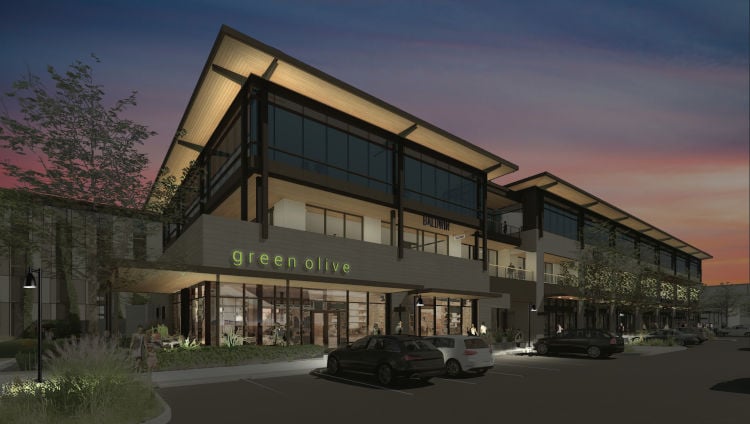
LIGHTING
The quality of light in a rendering makes it believable or not. The elements that make up the quality of light are at a minimum as follows:
- Color or tint
- Direction
- Intensity
- Reflections
- Light bounce
Color
Is the space warm or cool? Is the time of day for an exterior rendering at sunset? Or dusk? Is there color in the sky that would bleed on the building? Is there a color lighting concept where the fixtures and glow would bleed onto a surface adjacent to them?
Direction
Is the light in the sky coming from the right location for a sunset view? How long are the shadows from the people? Is it noon, is it dawn, or is it late in the day? Are there clouds in the sky? Should the shadows be soft or harsh?
Intensity
Is there a high contrast in the space between the artwork and where we do or don't want light? How much does the other lighting in the space fill in the shadows? How much ambient light versus focal light exists?
Reflections
Are there windows on the exterior? Are they correctly reflecting the quality of the night sky? Is there glass on the front of the artwork? Is it gently reflecting the space or windows? Is the floor polished or honed or semi-glossy wood, reflecting or not the lighting above? Is there a fountain or reflecting pool to reflect the uplighting of a tree beyond?
Light Bounce
Is it reflecting on other surfaces with a strong glowing element or accent lighting? Does the strong downlight on the ground go flush with the wall? Or do the downlights in front of an exterior door (or wall) touch the floor and bounce onto the wall?

PAINTING WITH LIGHT
Even before (or without a rendering), lighting designers always talk through their lighting design process and use words like "painting with light." Meaning taking a lighting brush, dipping it in a can of light, and painting the objects in the space that desire more attention with a higher illumination level of light—then taking a soft lighting brush and filling in the shadows. Each designer determines how much light gets on the brush for each technique and how many coats it gets. The intensity of each brushstroke is partly chosen by the wattage and beam spread of the fixtures. And partially how the dimming system is set at the end of the project. The max intensity is determined by the former, and the balance and final intensity by setting the dimming levels. Lighting designers call that "balancing the visual hierarchy."
So with the rendering brushes and filters, the renderer can truly make those intensity decisions and adjust them in the program. The renderer can also paint multiple techniques and combinations of styles. With the beauty of the software, it can turn on and off combinations of techniques in real-time to demonstrate options to the design team, developer and ownership.
SUCCESS
The real success is not that the final installation matched the rendering EXACTLY but whether the ideas, techniques, and emotions were communicated, executed, and created.
